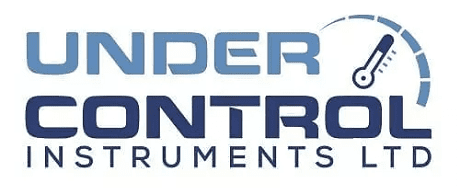Passer à la grille des produits
-
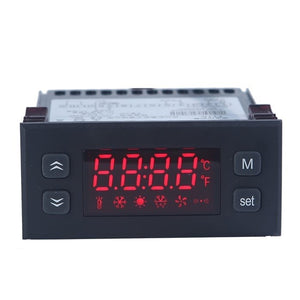
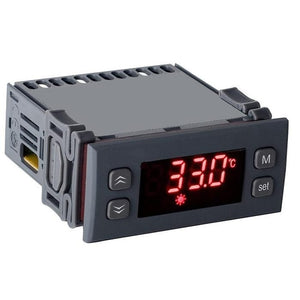
Digital Thermostat 8820 NTC sensor
Prix habituel £27.60Prix habituel -
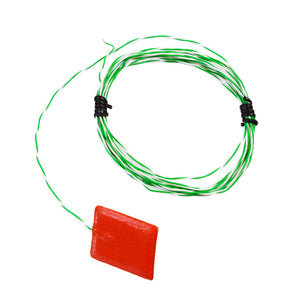
Silicone Adhesive Patch K Thermocouple Sensor
Prix habituel £14.40Prix habituel -


Fan Speed Controller, 230V 10A rating
Prix habituel £54.00Prix habituel -
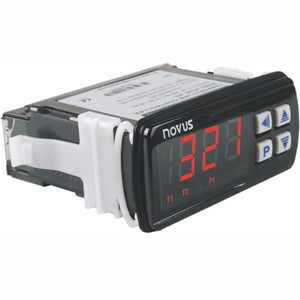
Novus N321 Electronic Thermostat, J/K
Prix habituel £44.40Prix habituel -
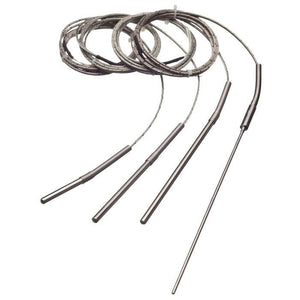
PT100/RTD Temperature Sensors 3mm Dia
Prix habituel Du £13.20Prix habituel -
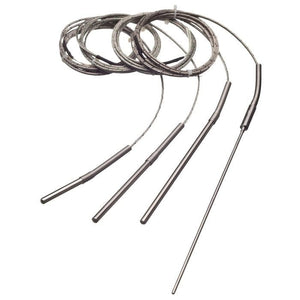
Thermocouple Sensors- K probes 3mm Dia 50- 300mm lg
Prix habituel Du £12.60Prix habituel -
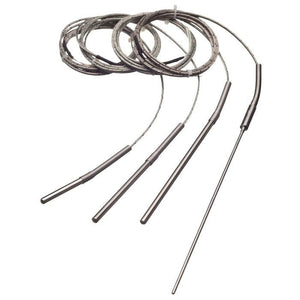
Thermocouple Sensors- K probe - 6mm Dia - 50-200mm Long
Prix habituel Du £15.24Prix habituel -
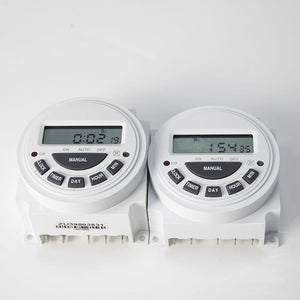
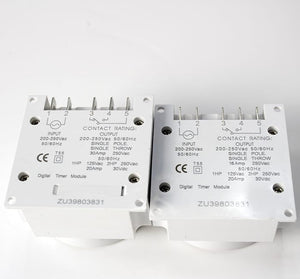
Boiler Timer Switch for Ravenheat & Ferroli
Prix habituel £14.40Prix habituel -
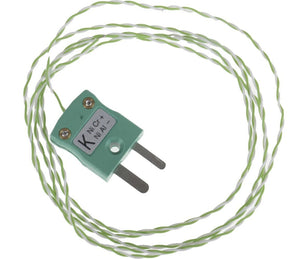
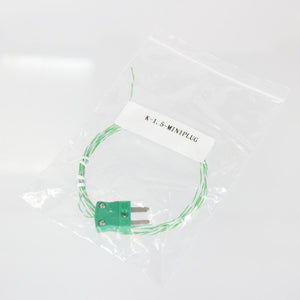
Type K Thermocouple Plug and 1.5m Exposed Tip
Prix habituel £5.40Prix habituel -
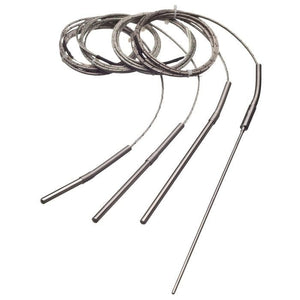
PT100/RTD Temperature Sensors 6mm Dia
Prix habituel Du £12.60Prix habituel -
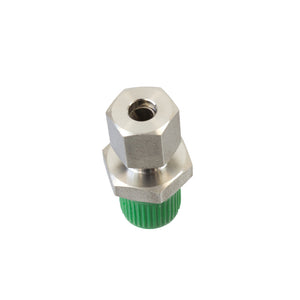
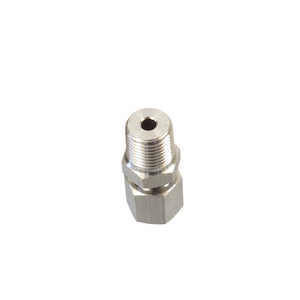
Compression Gland 316 S.ST 3/8"x 6mm BSPP
Prix habituel £6.00Prix habituel -
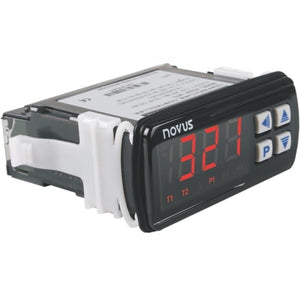
Novus N321 Electronic Thermostat, J/K, 12/24V
Prix habituel £44.40Prix habituel -
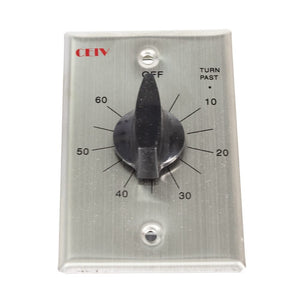
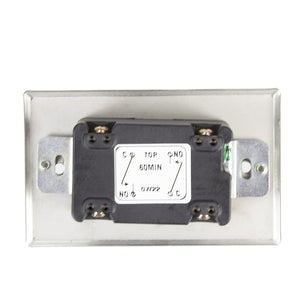
60min Dial Timer Delay Switch
Prix habituel £15.60Prix habituel -
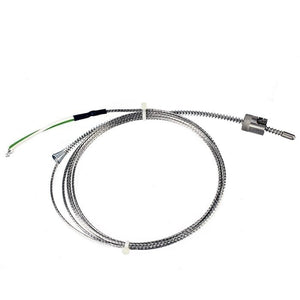
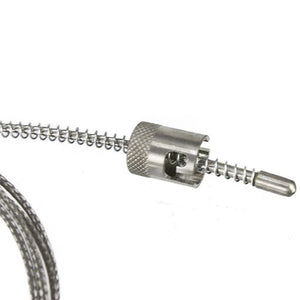
Thermocouple Bayonet fitting J/K sensor 0-400C, double, 2m leads
Prix habituel £12.48Prix habituel -
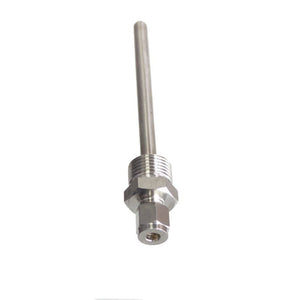
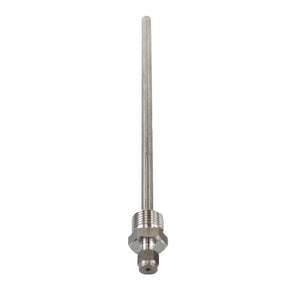
Thermowell Sensor Pocket
Prix habituel Du £12.72Prix habituel -
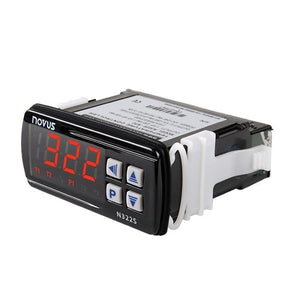
Novus N322 PID Controller PT100, 240V, Relay/Relay
Prix habituel £54.00Prix habituel -
Épuisé
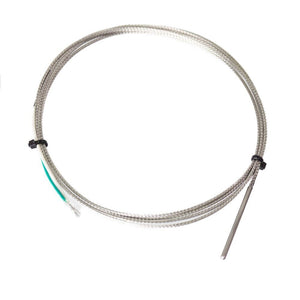
Thermocouple Type K 3mm x 50mm 2.5m s.st braided leads
Prix habituel £12.00Prix habituel -
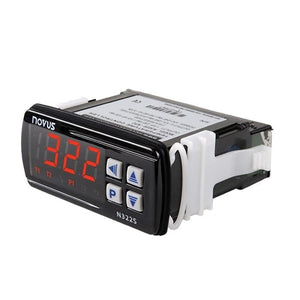
Novus N322 PID Controller J/K/T, 240V, SSR/Relay
Prix habituel £51.60Prix habituel -
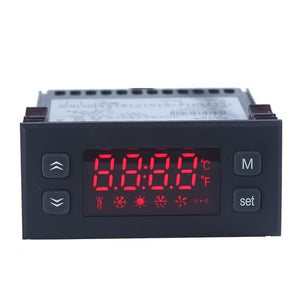
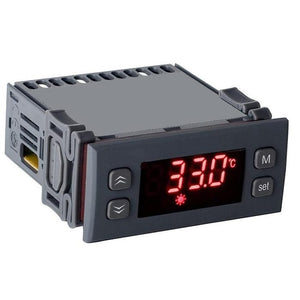
Digital Thermostat 8820 PTC sensor
Prix habituel £31.20Prix habituel -
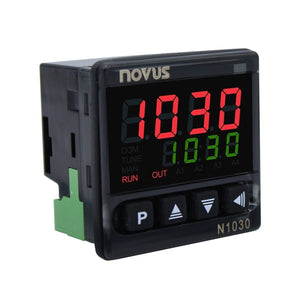
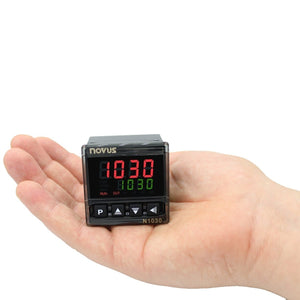
N1030 PID Controller SSR/Relay Output
Prix habituel £56.40Prix habituel -
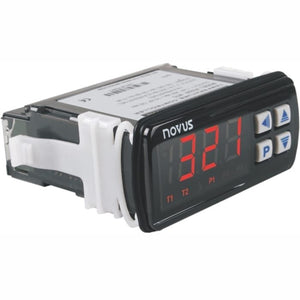
Novus N321 Electronic Thermostat, PT100, 12/24V
Prix habituel £44.40Prix habituel -


3kW Infrared Heater Dimmer Switch Wall Mounted
Prix habituel £90.00Prix habituel -
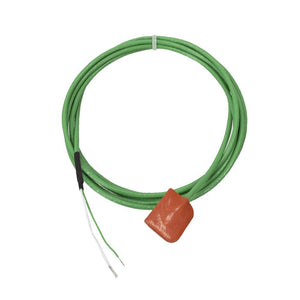
Silicone Patch K Thermocouple Sensor
Prix habituel £16.80Prix habituel -
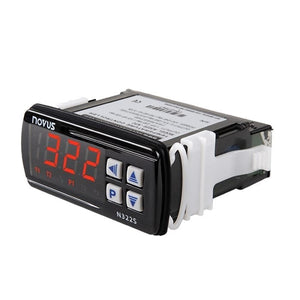
Novus N322 Electronic Thermostat PT100, 240V, Relay/Relay
Prix habituel £51.60Prix habituel -
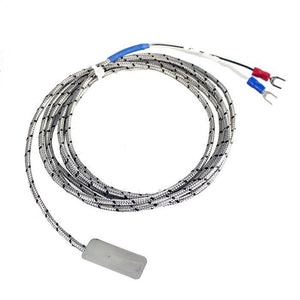
Leaf Thermocouple Sensor
Prix habituel £14.40Prix habituel -
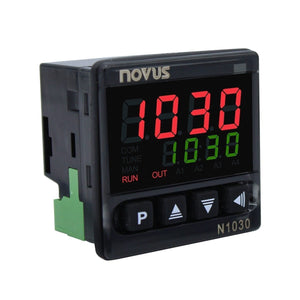
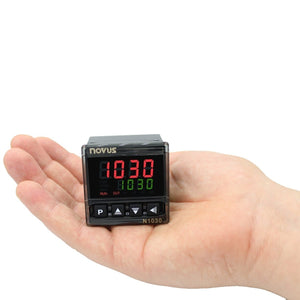
N1030T PID Controller & Timer SSR/Relay Output
Prix habituel £51.00Prix habituel -
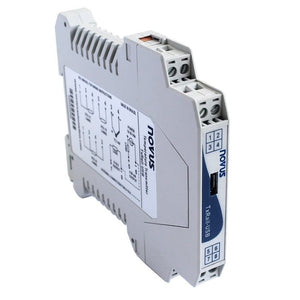
Din Rail USB Temperature Transmitter NOVUS TxRail-USB
Prix habituel £64.80Prix habituel -
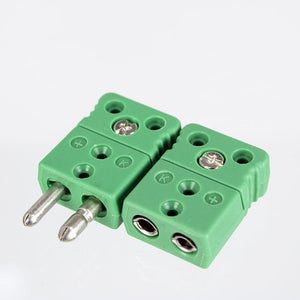
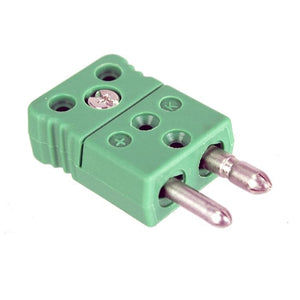
K/J Type Thermocouple Plug & Sockets
Prix habituel Du £4.80Prix habituel -


K/J Thermocouple thin washer style
Prix habituel £10.80Prix habituel -

Bayonet Adapter for Bayonet Thermocouples Double Pin
Prix habituel £2.40Prix habituel -


Air Sensing Fast Acting Thermocouple
Prix habituel £19.20Prix habituel -
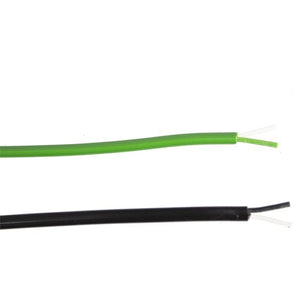
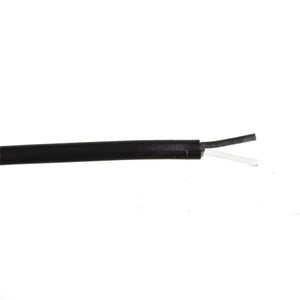
Thermocouple wire type J & K
Prix habituel Du £8.74Prix habituel -
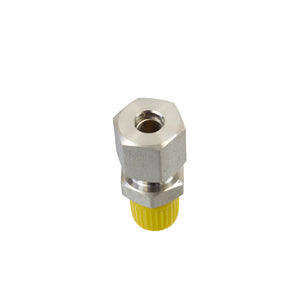
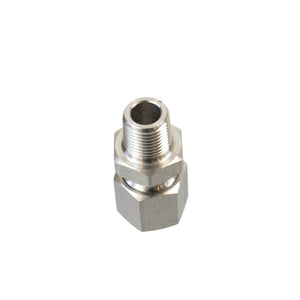
Compression Gland 316 S.ST 1/8"x 6mm BSPP
Prix habituel £6.00Prix habituel -
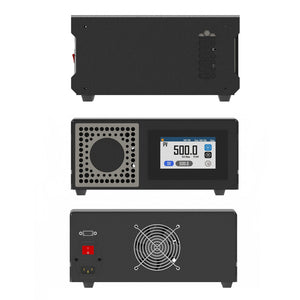
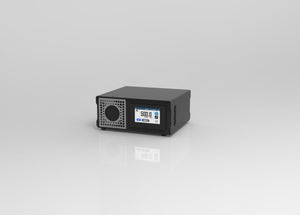
Portable Surface Blackbody Calibrator (35℃~500℃)
Prix habituel £1,200.00Prix habituel -
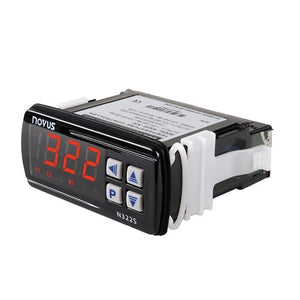
Novus N322 PID Controller PT100, 240V, SSR/Relay
Prix habituel £51.60Prix habituel -


Industrial K Thermocouple Assembly Head
Prix habituel Du £28.80Prix habituel
